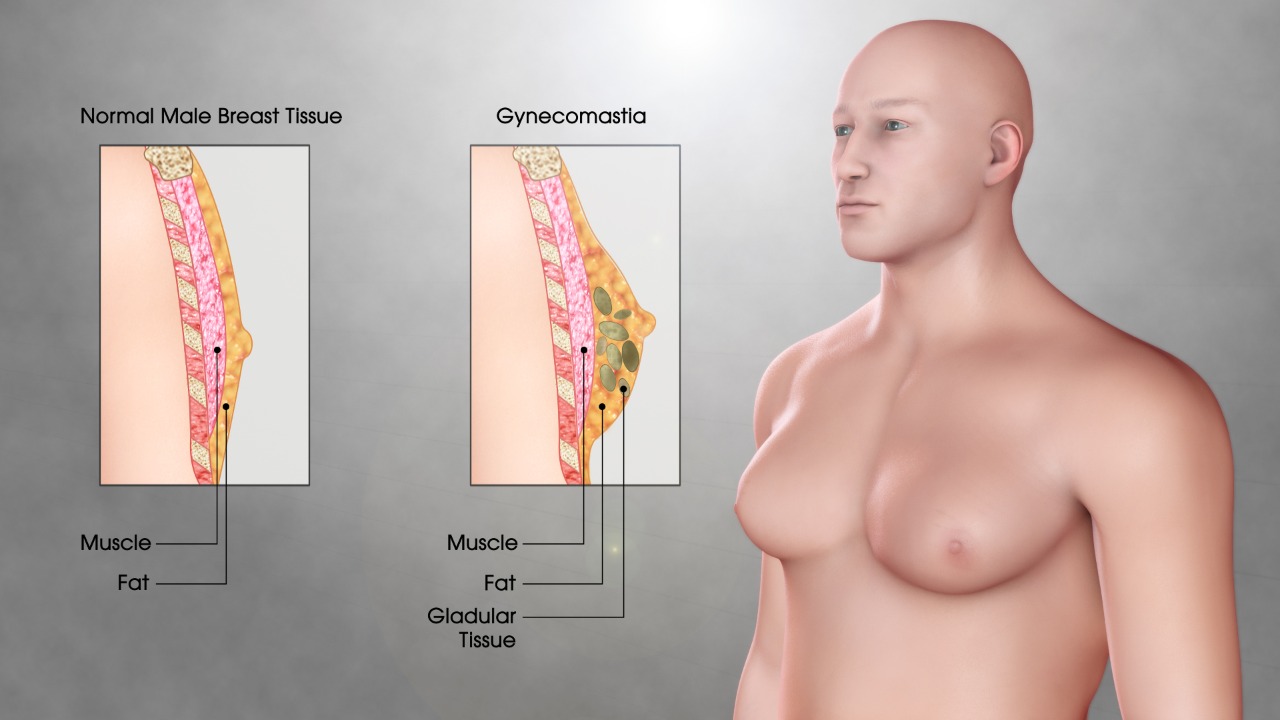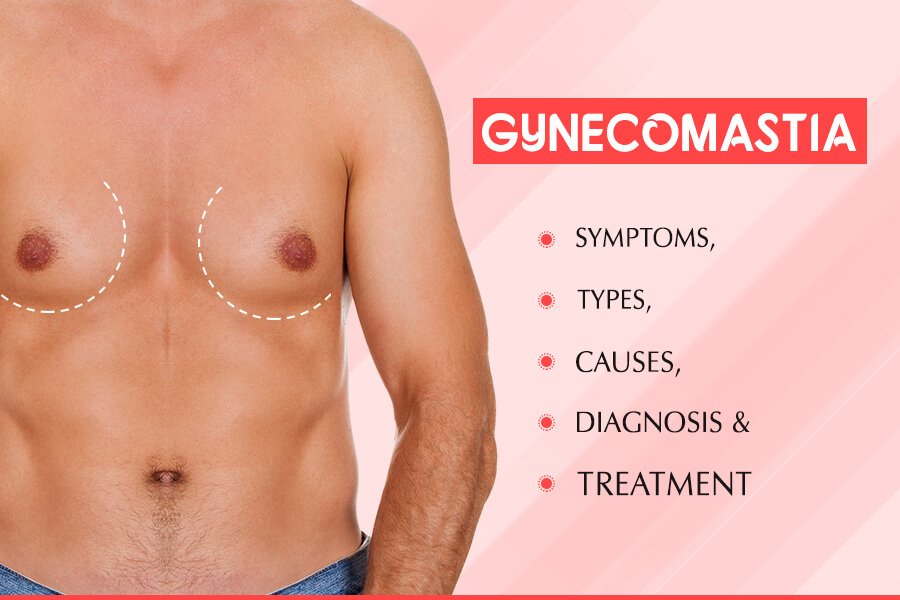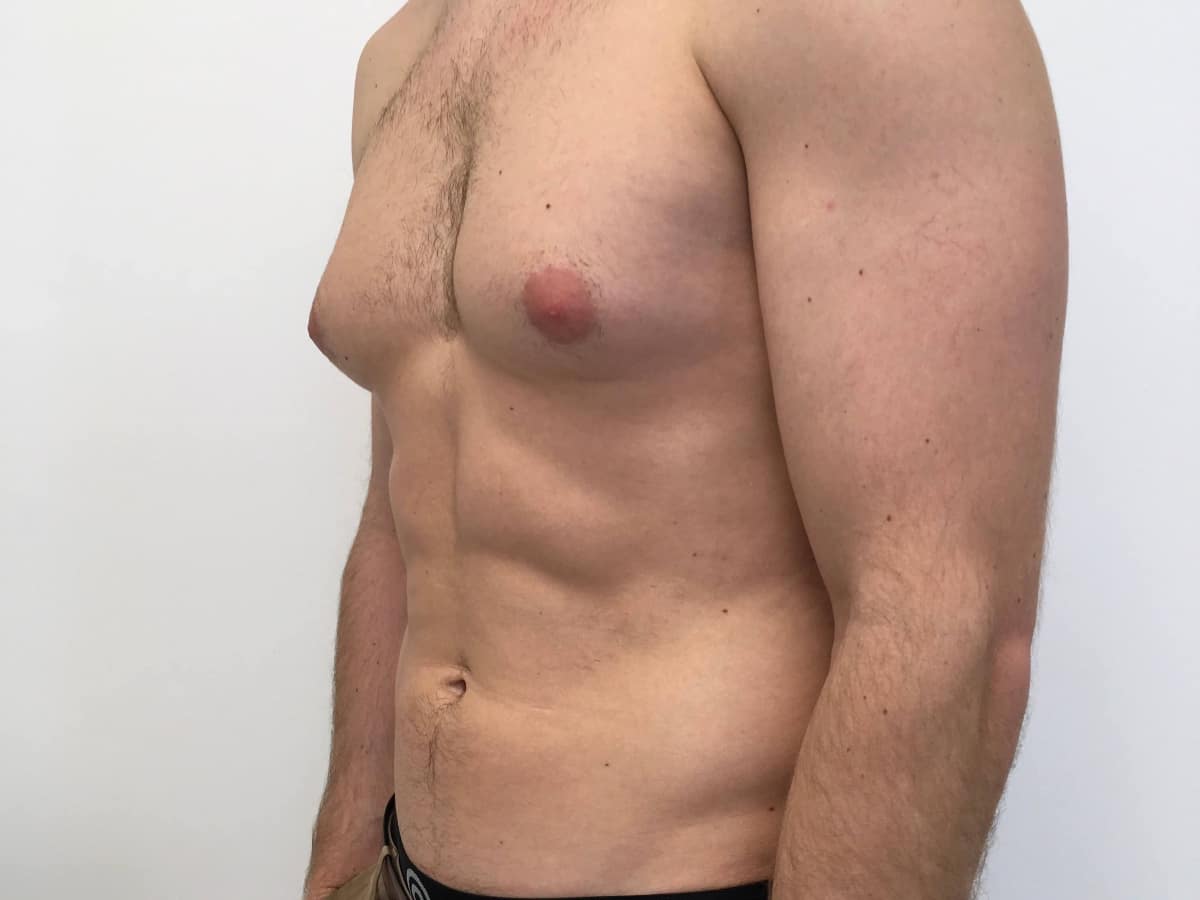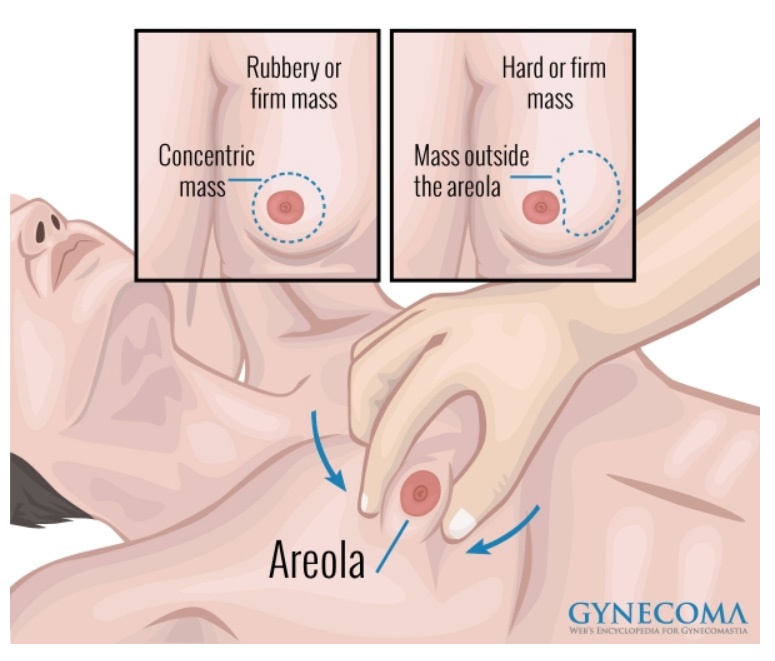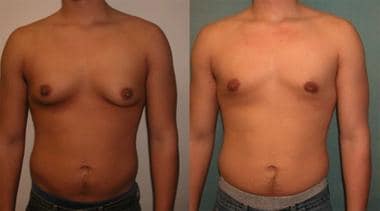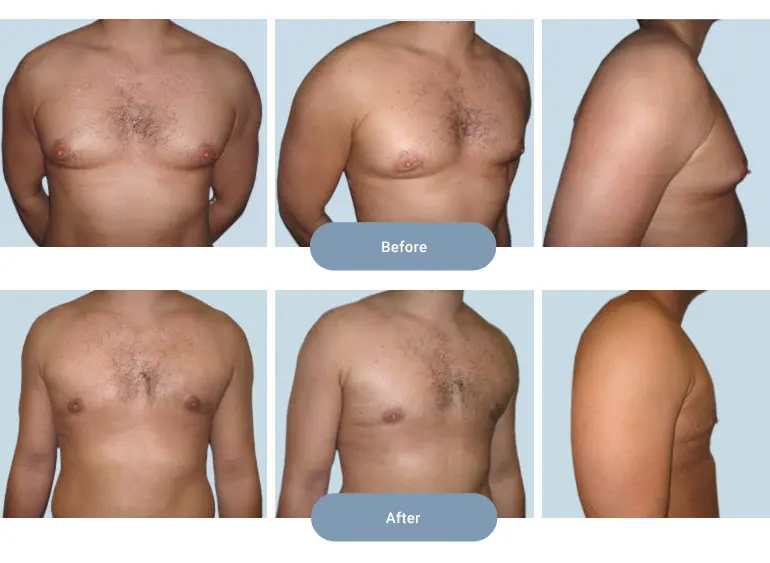Unique Tips About How To Diagnose Gynecomastia
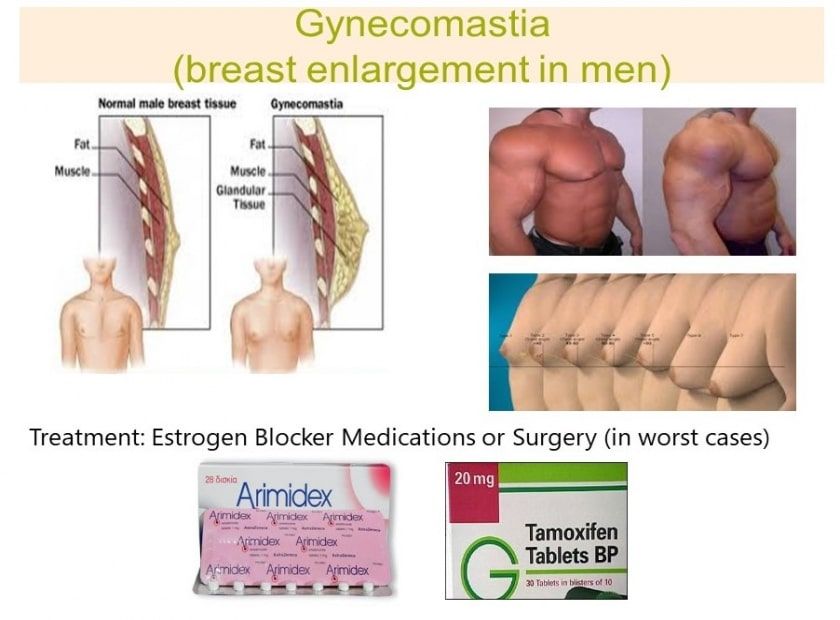
Individual treatment requirements can range from.
How to diagnose gynecomastia. Symptoms include swelling and tenderness in the breast gland tissue of one or both breasts. To check for gynecomastia symptoms, gently. A gynecomastia diagnosis will include a full review of your medical history and a physical exam.
Most adult men with gynecomastia report no symptoms. In true gynecomastia, glandular tissue may develop in one or both breasts. Evaluation of gynecomastia must include a detailed medical history, clinical examination, specific blood tests, imaging and tissue sampling.
The doctor will pinch the side of the breasts around the nipple or areola. Diagnosis, blood tests, urinalysis, mammogram, treatments, how is gynecomastia diagnosed? The symptoms of the patient are noted, along with the patient’s.
In order to properly diagnose the etiology of the gynecomastia, the clinician must understand the hormonal factors involved in breast development. Evaluation of gynecomastia must include a detailed medical history, clinical examination, specific blood tests, imaging, and tissue sampling. By analyzing your blood, your doctor is looking at various hormone levels in your body.
A blood test may also be. Other than a physical exam, how is gynecomastia diagnosed? Signs and symptoms of the condition may include:
Examination of the breasts in which the doctor will examine the breast’s shape, size, and firmness. Gynecomastia is not normally a serious problem. Gynecomastia can usually be diagnosed from a physical exam and medical history.



